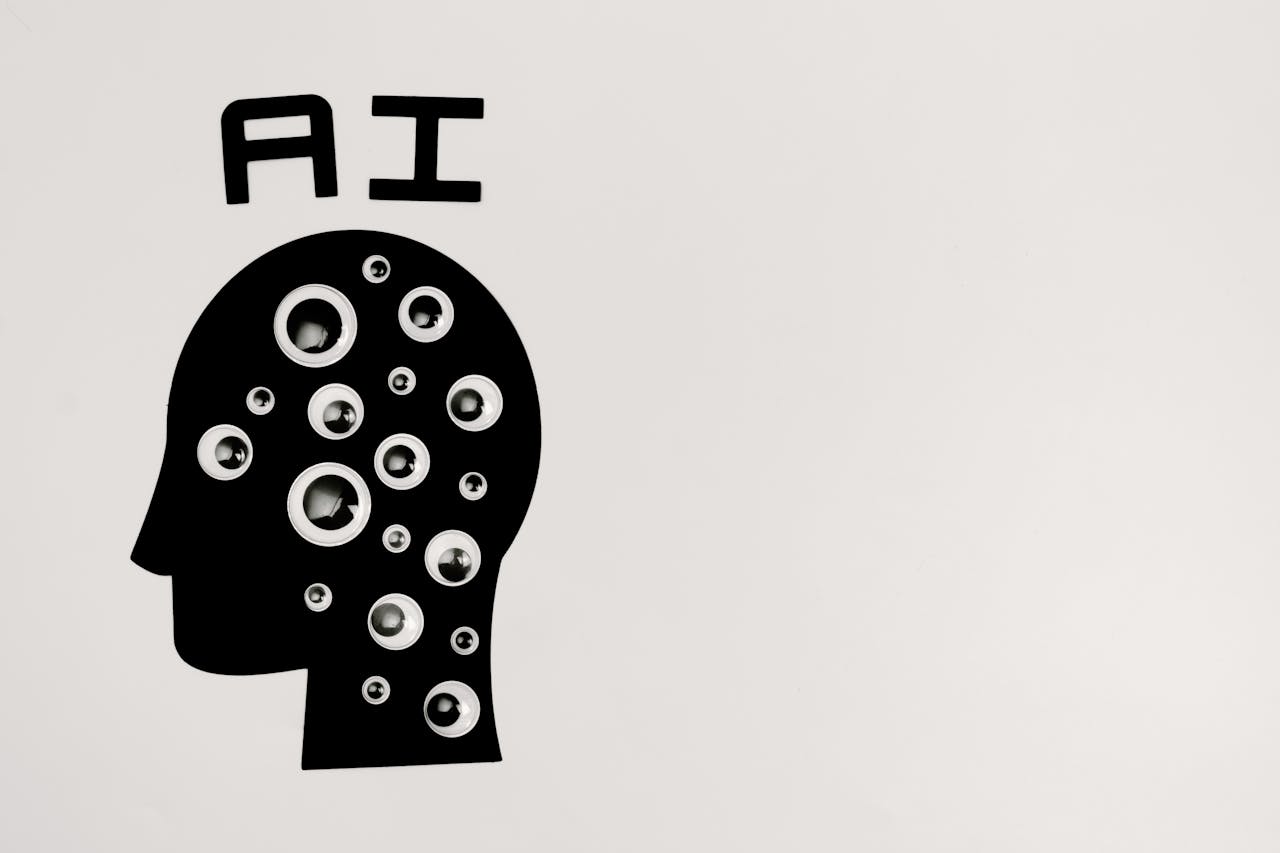Another World Hearing Day is here. AI continues to hold immense potential as a powerful tool to bridge the communication gap and provide better access to information and resources for people who are hard of hearing and the deaf community. One of the objectives of this year’s commemoration is to provide accurate and evidence-based information to change public perceptions of hearing loss. I wrote a blog on this day last year, and this time, I reflect on the progress made in the remaining challenges, particularly regarding accessibility.
Progress on Policy
Last year’s blog highlighted how there was such a huge policy gap that sign language was not recognised as an official language. This year, there were strides, including the tabling and passing of the Kenya Sign Language Bill of 2021, which are encouraging.
The bill aims to promote using Kenyan Sign Language per the Constitution. It proposed adding sign language to the education curriculum and making it available in legal proceedings. I look forward to its widespread implementation in tech education, capacity-building initiatives by civil society stakeholders, and public participation forums.
The Double-Edged Sword of Smart Ears
When I wrote about smart ears, I had only a few months of experience with AI-enhanced hearing devices. However, a year of experience offered more insights than unbridled positivity. These devices offer remarkable features like noise cancellation and environment-based noise filtering using AI algorithms. However, concerns arise when considering accessibility from tech lock-in and high costs.
Tech Lock-In: Lately, many useful adaptive features of hearing aids rely exclusively on high-end smartphones with specific operating systems. Optimum experience, including direct sound streaming, requires Android 12 and up or iOS 15.3.1 or later. The reliance creates a barrier for those who can’t afford such devices or may not use them (like children in school).
Cost: Advanced hearing aids remain expensive, potentially excluding a significant portion of the population who need them.
The Road Ahead: Bridging the Equity Gap
AI is still the leading technology development that presents a promising future in hearing care and communication. However, ensuring equitable access in the Global South is crucial.
Stakeholders across sectors should invest in local innovation. Nurturing the development of home-grown solutions can cater to specific regional needs, languages, and cultural nuances, fostering a more inclusive approach to communication technology.
Tech companies need to develop AI solutions that are not only effective, but also work seamlessly with a broader range of devices at affordable price points. The solutions could involve open-source software development or partnerships with existing technology manufacturers to reduce costs.
Lastly, global collaboration facilitates knowledge sharing and resource allocation between developed and developing countries. For instance, some countries can provide technical expertise and funding, while others can spearhead research to shape the future of AI-powered hearing solutions.
![]()




